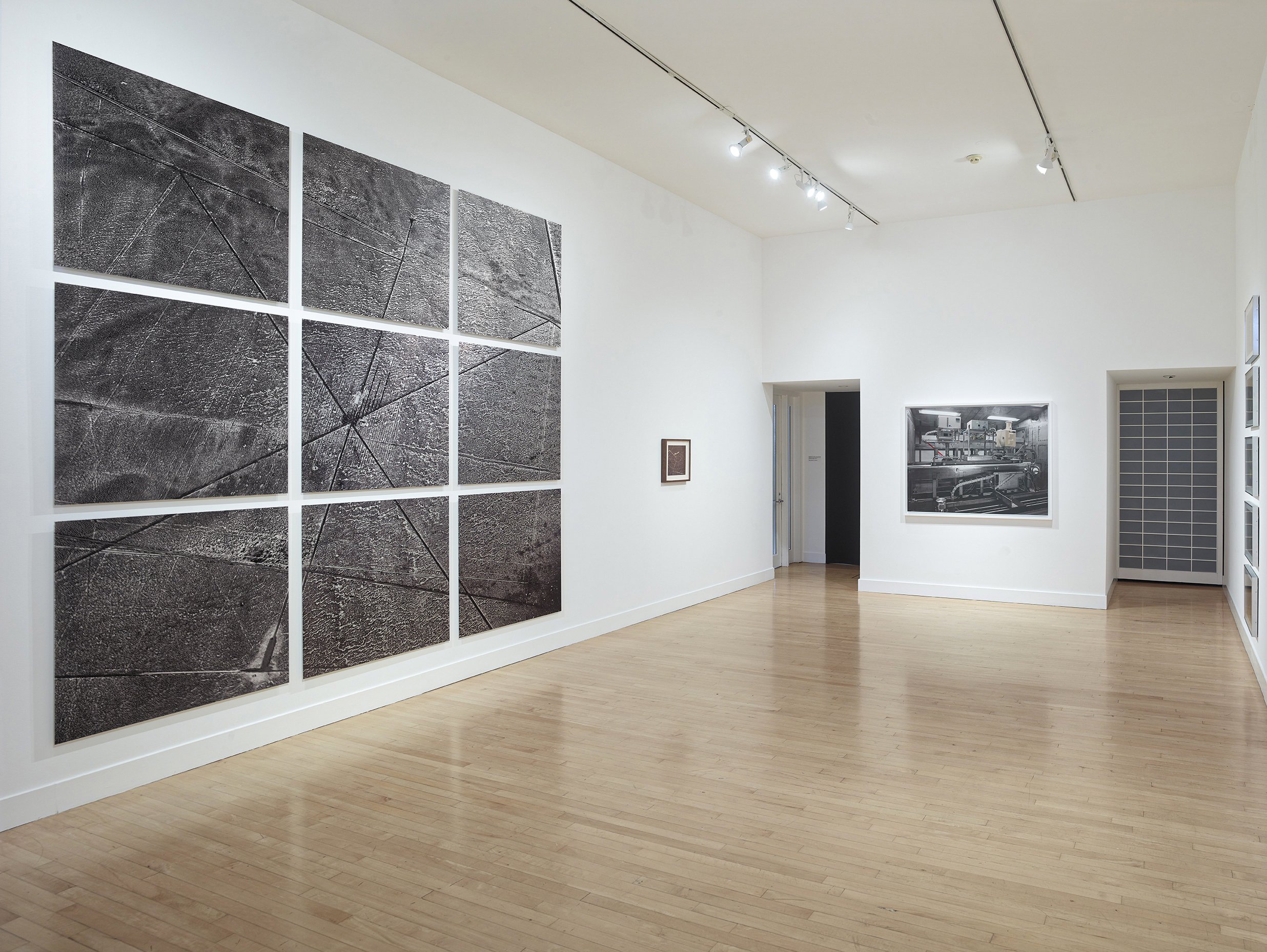
Multipanel
arrangement
When substrate limitation occurs, it is essential to align multipanel panels on the wall creatively to form one cohesive overall image. This approach ensures that despite any constraints, the final composition maintains a unified and visually engaging presentation.
-
A polyptych is a specific form of art consisting of multiple panels that are typically joined together. These panels, which can range from three to many more, are usually hinged so they can fold together. A well-known type of polyptych is the triptych, which consists of three panels. The central panel is often the largest and is flanked by two smaller related panels.
Using multiple panels also added a physical and visual dimension to the artwork, allowing a narrative to unfold across the panels or for different aspects. When closed, the outer panels of a polyptych often display a different set of images or a more subdued design compared to the more elaborate and detailed interiors.
In fine art printmaking, a polyptych allows an artist to create a work more significant than the substrate's maximum size (the material upon which the print is made) by dividing the image into multiple panels. This approach is beneficial when the artist wants to work on a grand scale but is restricted by the size limitations of the printing press, the paper, or other materials available.
By creating a polyptych, the artist can extend the artwork's overall dimensions beyond what could be achieved with a single piece of substrate. Each polyptych panel functions as an individual section of the larger image. When displayed together, these panels form a cohesive artwork, but each panel can also stand alone as a complete piece of composition and content.
This method addresses practical limitations and adds an aesthetic and conceptual dimension to the work. The breaks between the panels can be used creatively to enhance the image's visual impact or to introduce narrative or thematic elements. The division of the image across multiple panels might invite viewers to interact with the work differently, moving between the individual parts to appreciate the full scope of the piece.
In printmaking, artists often employ techniques like alignment marks or continuing elements of the image across the seams to ensure that the panels align correctly during display, maintaining the continuity of the overall picture. This method allows for impressive displays that can transform the spatial dynamics of exhibition space, making polyptychs a popular choice for artists working within the constraints and possibilities of printmaking.
-
In fine art printmaking, the term "mosaic" can be used metaphorically to describe a technique similar to creating a polyptych but emphasizing assembling numerous smaller, distinct prints to create a larger, unified image. This approach allows printmakers to circumvent the limitations imposed by the size of their printing equipment or substrates, such as paper or fabric.
The mosaic method involves producing individual prints, each a fragment of the overall design, which, when combined, form a comprehensive and coherent artwork. Each segment is carefully planned and executed to align perfectly with its neighbors, ensuring continuity in the image, color, and composition across the boundaries of each piece. This requires precise planning, measurement, and sometimes the use of alignment marks to ensure that each piece fits seamlessly into the larger picture.
Using a mosaic approach in printmaking solves practical issues related to scale and introduces a creative and interpretive element to the work. The visible seams between the prints can be used intentionally to add visual interest or to emphasize certain aspects of the image. They might also encourage viewers to consider the artwork as a whole. As a composition of individual elements, each bears significance and contributes satisfactorily to the overall effect.
This technique can be ppotentin installations or large-scale exhibitions, where the impact of a massive image can significantly alter the perception and experience of the space. It also allows artists to work on a scale that might be otherwise unachievable in traditional single-sheet printmaking, offering new possibilities in size, detail, and complexity.
-
In fine art printing, joining multiple maximum-sized substrate panels together seamlessly to create a larger artwork involves a technique where the artist extends a single image across several large panels. Each panel is printed separately but is part of a continuous design, and when assembled, the panels come together to form one expansive piece. This method is beneficial for creating large-scale prints that exceed the size limitations of the printing press or the available substrate.































